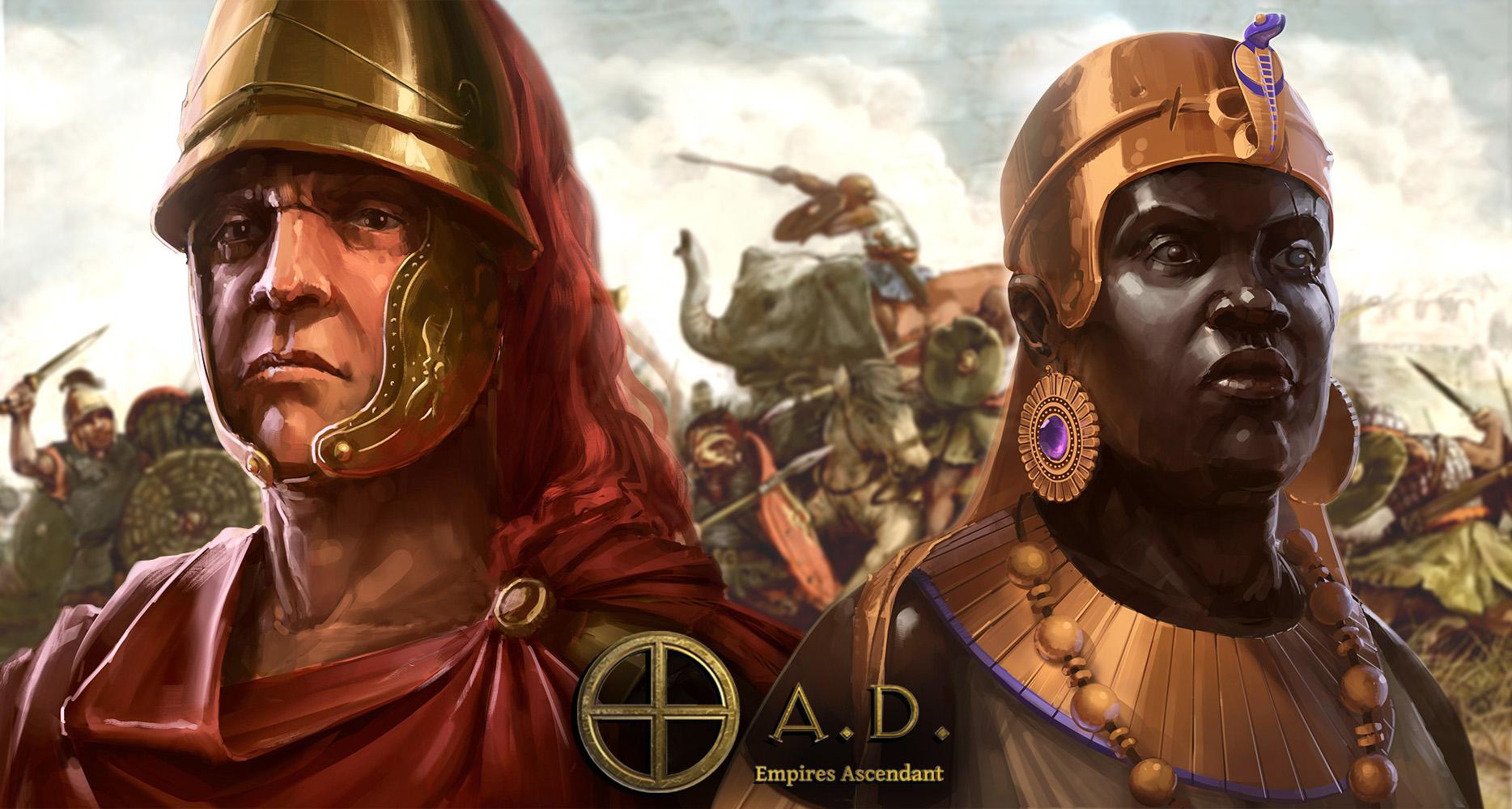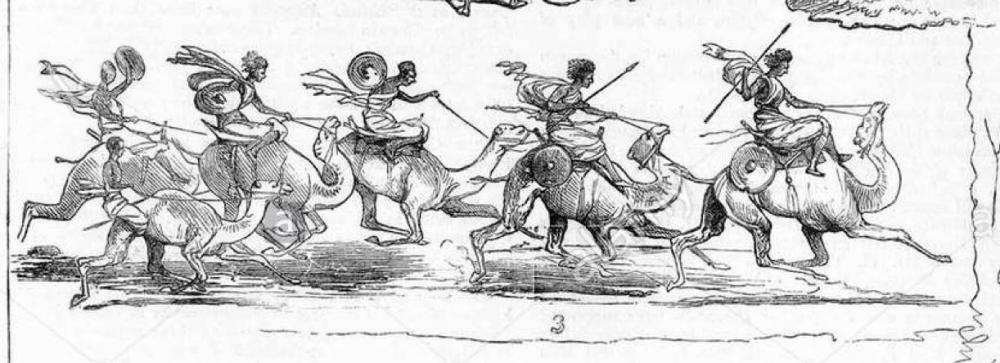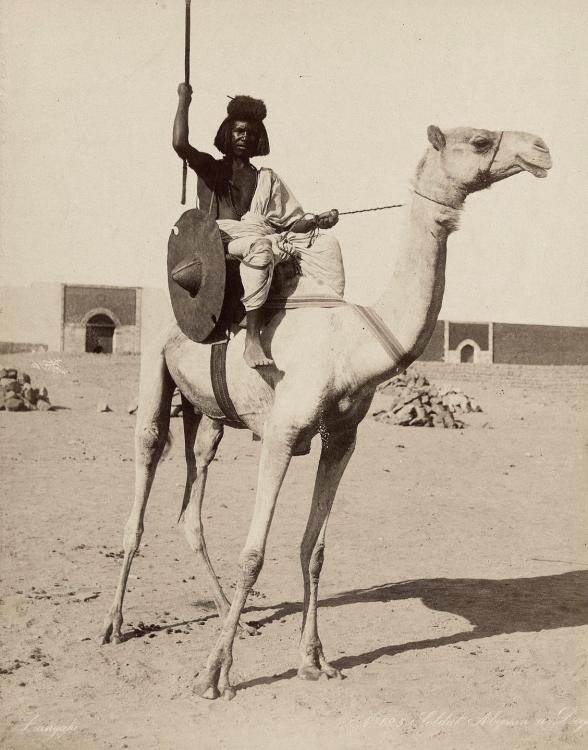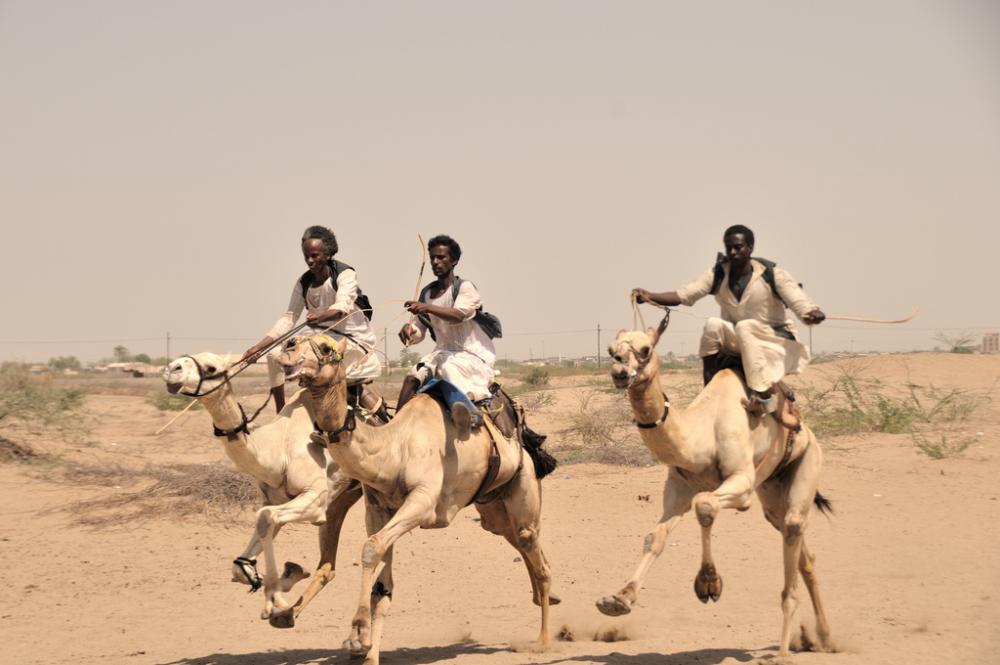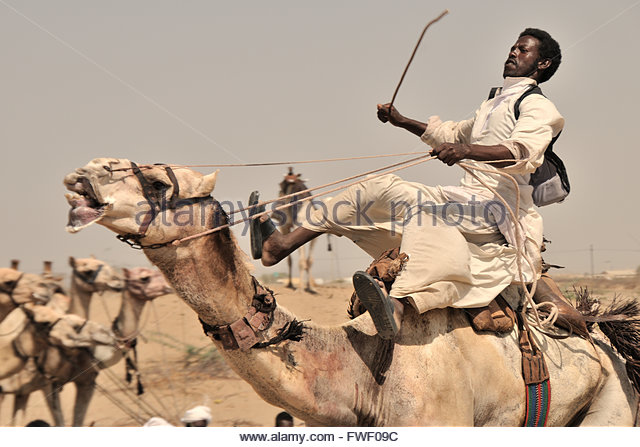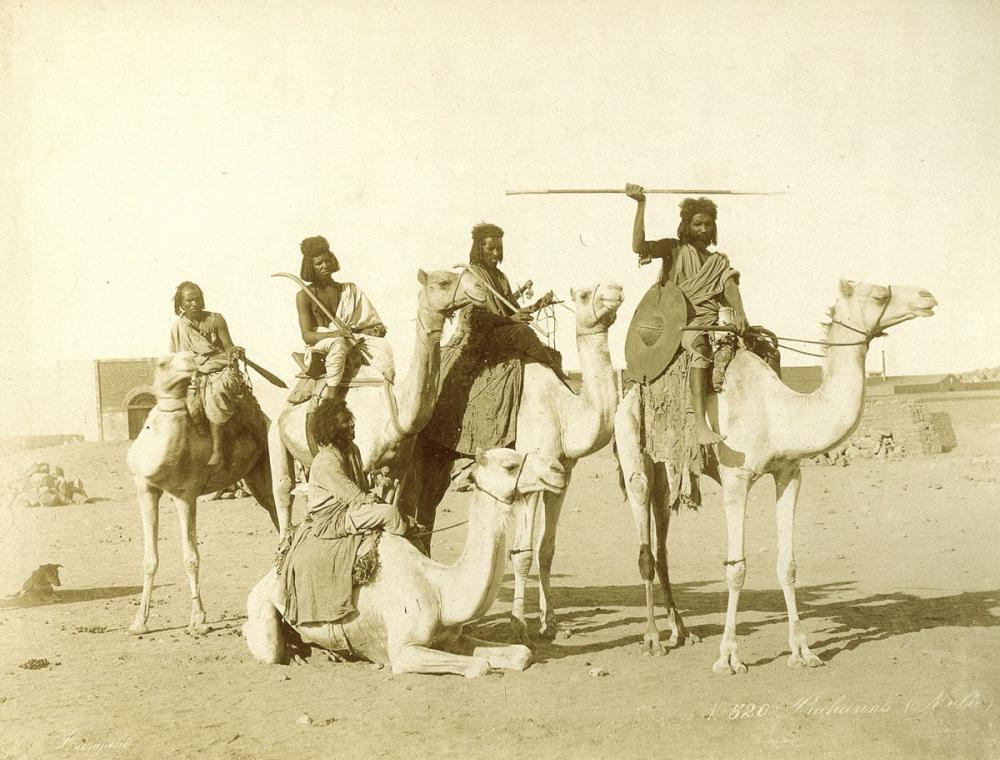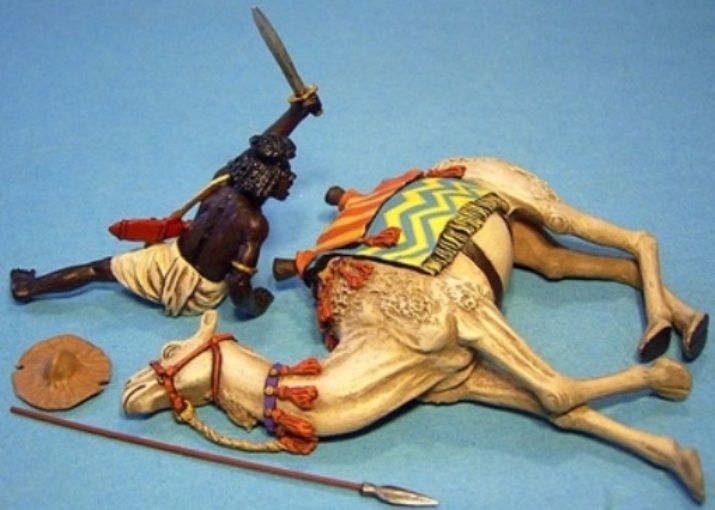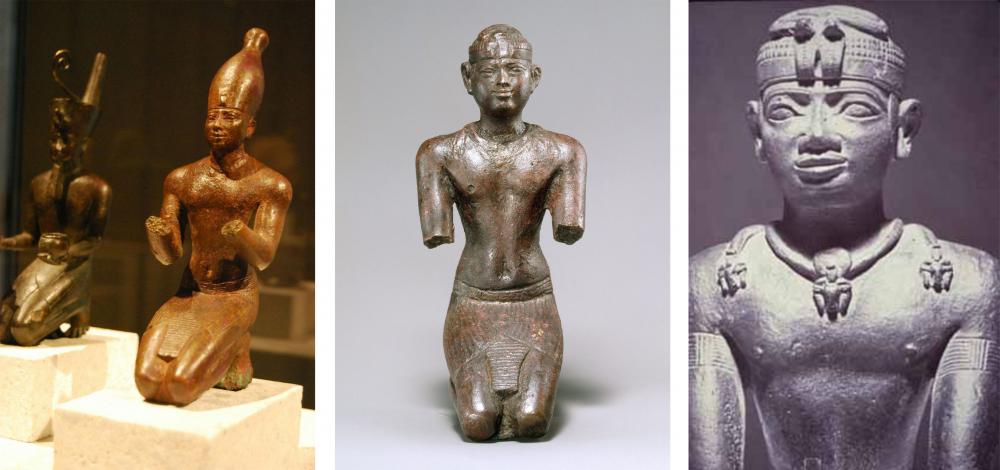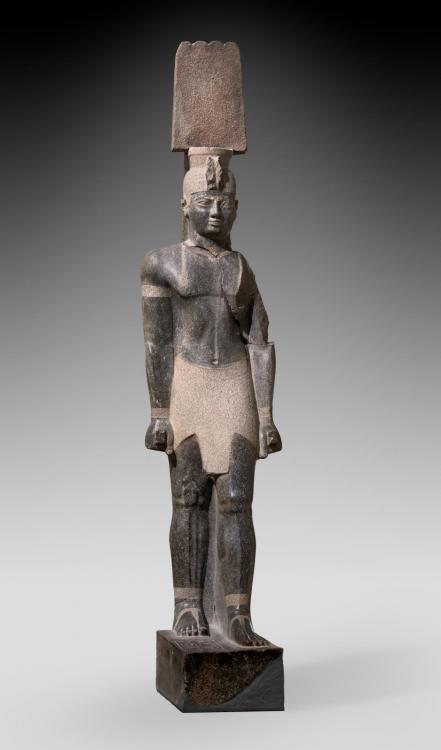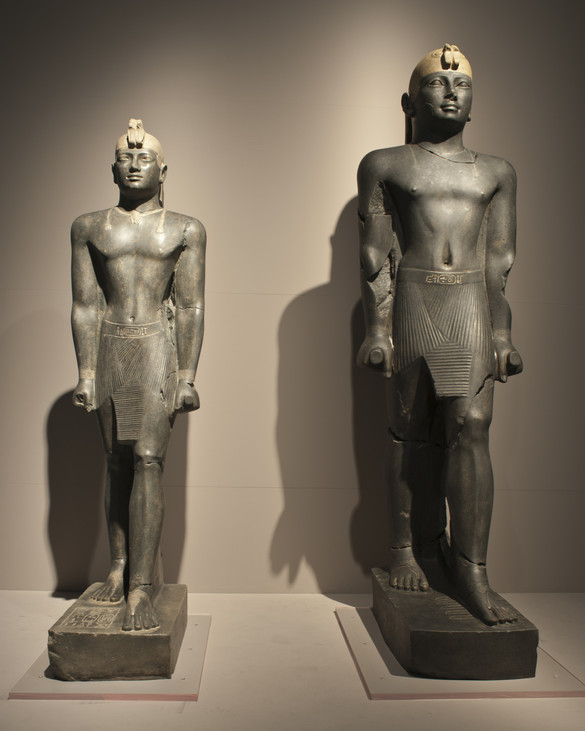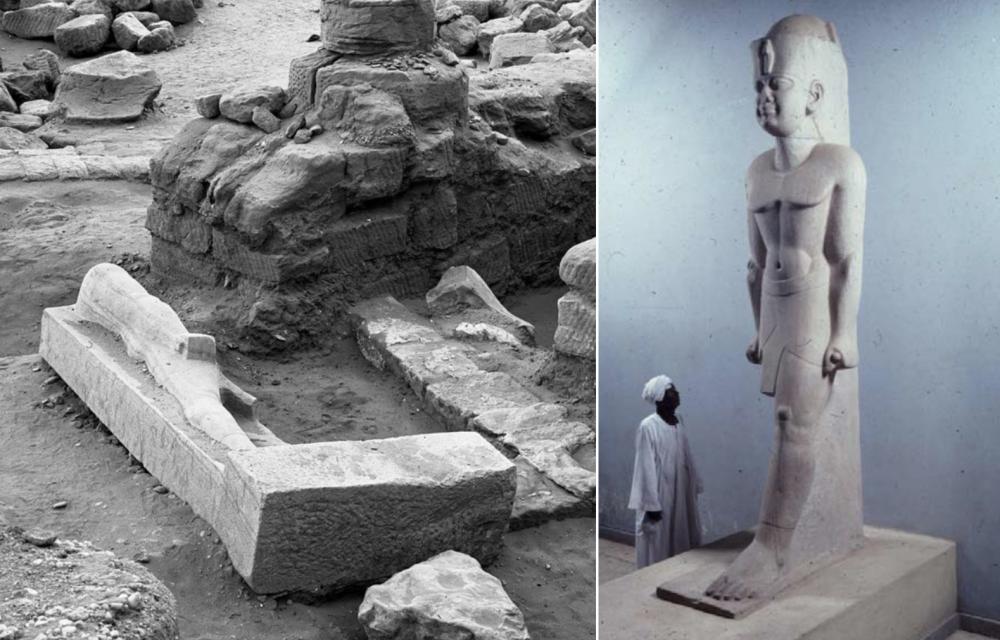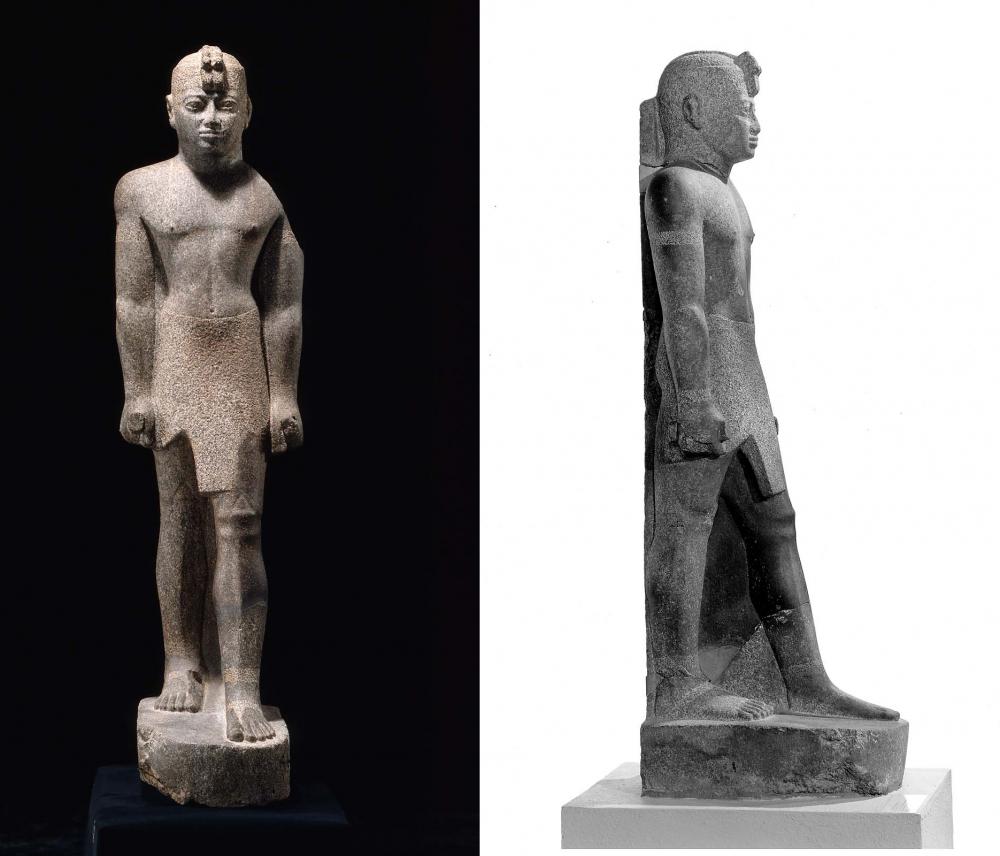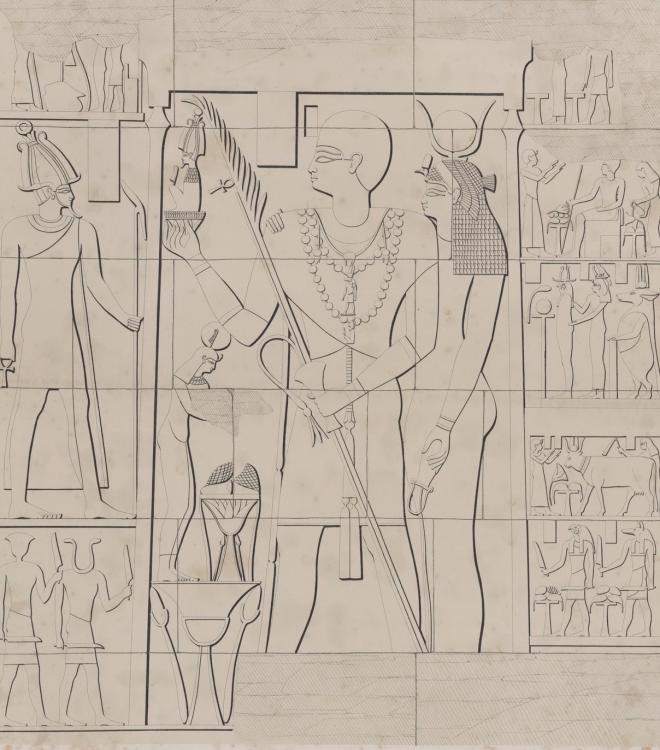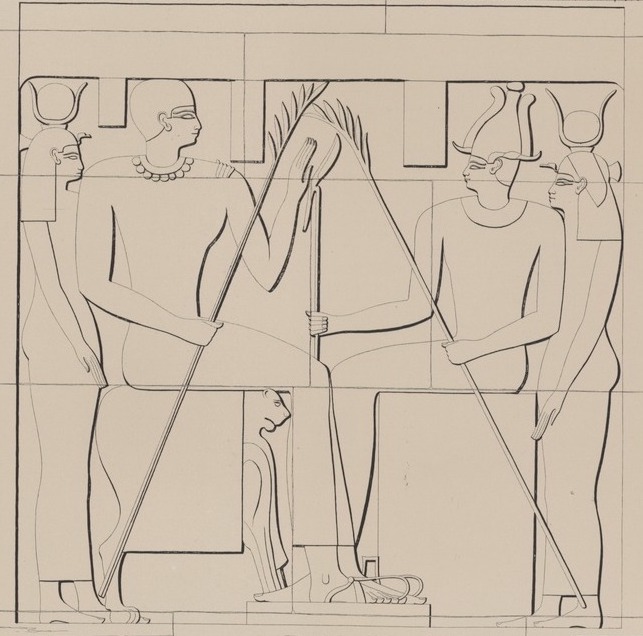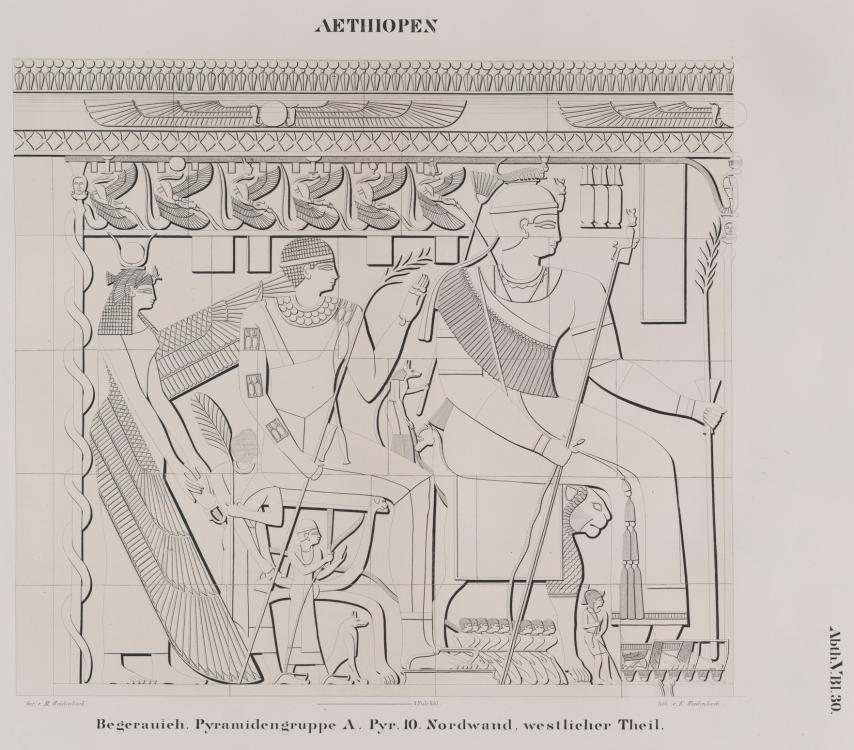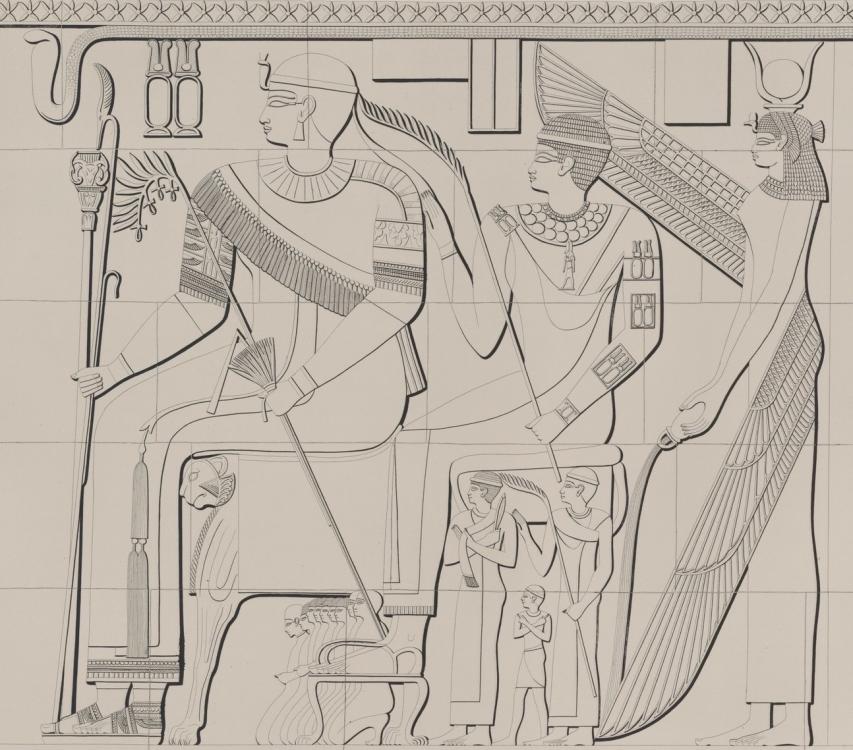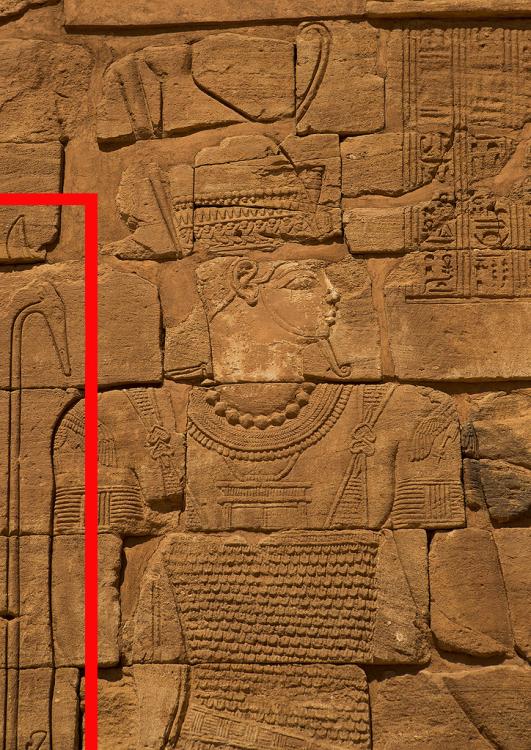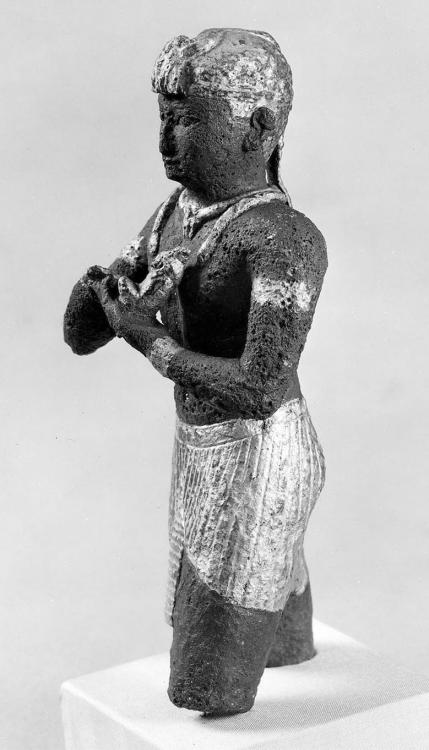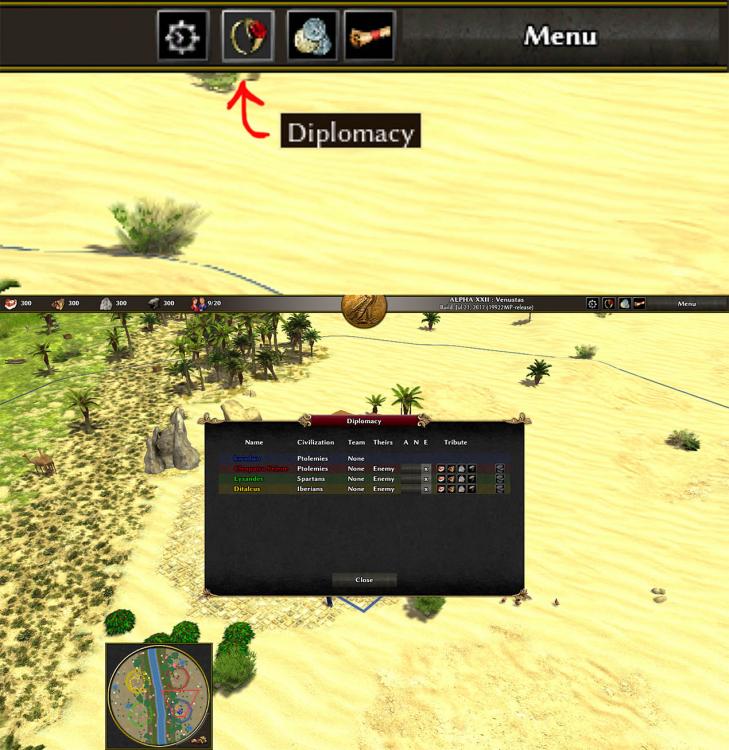-
Posts
2.332 -
Joined
-
Last visited
-
Days Won
60
Everything posted by Sundiata
-

===[COMMITTED]=== Update Camel Units
Sundiata replied to wowgetoffyourcellphone's topic in Completed Art Tasks
Blemmye / Beja camels for Kush (Eastern Desert Nomads, dwelling the lands between the Nile and the Red Sea, a thorn in the eyes of the Romans and even participated in the Palmyrene revolt)- 162 replies
-
- 2
-

-
- animations
- modeling
-
(and 1 more)
Tagged with:
-
Yes, I know it's established, my point is that the game shouldn't establish such arbitrary dates. Especially if you're making a historical game, you should use time frames that actually meant something to the civilisations you're depicting. Also, constantly referring all this super cool and iconic stuff to a fictional part 2 makes me a little sad I want lorica segmentata and the colosseum But anyway, just some thoughts of mine.. We are totally getting off-topic, and I'll stop derailing (yet another) topic
-
0AD has pases, which could be used more logically to represent the different developmental stages of an individual civ. We're not talking about stone age to late iron age like age of empires, but a logical evolution from the Early Republic (phase 1), to Middle and Late Republic (phase 2), and eventually the Roman Empire (phase 3). You can even add a phase, why not? A lot of people would like to see this kind of evolution in their civs as they play the game. It's more fun, and makes you more emotionally invested in the game, if you see "your people" evolve, not just expand. Also, I'm honestly allergic to splitting the same civilisation in to different factions (Romans) on one hand, and then amalgamating a bunch of other civilisations in to a single faction (Gauls, Iberians) on the other.
-
"The currently accepted range for the use of the armour is from about 9 B.C. (Dangstetten) to the late 3rd century A.D." We have 9 years of Lorica Segmentata to work with I think the brith of Christ is such an arbitrarily strange date to cap the timeframe anyway. Christianity didn't become relevant to any of the civs in the game until after the 3d or 4th century AD, so I don't really understand the choice. It's very awkward from a reference point of view, and a weird choice for a historical game.. Part 1: Antiquity Part 2: Middle Ages That seems sooooo much more logical to me. At least that's what the Vulcan inside of me says. Using actual historical periods for a historical game... Sometimes simpler is better, and with my proposed timeframe, work on Part 2 could already be started using the work done in Millennium AD.
-
That's difficult, lol... This is potentially huge, and will especially help inexperienced players easing in to the game, as well as having a more varied SP experience in general. Nice! I have a bunch of friends who've played the game before who'll definitely Loooove this! I salute the gods of coding!
-

The Kingdom of Kush: A proper introduction [Illustrated]
Sundiata replied to Sundiata's topic in Official tasks
*Hieratic art: "extremely stylized, restrained or formal; adhering to fixed types or methods; severe in emotional import" Pretty decent summary, although if you notice, many of the Kushite sculptures are smiling ever so slightly.. Statuettes of smiling Kushite Kings: Actually, one of the things that differentiate Kushite sculptures (and reliefs) from Egyptian ones, is that they are noticeably more muscular. Kushites admired and demanded physical strength from their rulers (as well as piety) King Aspelta: @stanislas69 Cool!!! thank you! Lion's remark on the Hieratic nature of the sculptures are quite accurate (except that the muscular look is actually good, and they can have a smile). Maybe in a future iteration But as it is now, I think it's really nice, and perfectly usable. Here's how I see the statues: I simply suggest they are used the same way "revered monuments" work for the Iberians. Build one for an attack or defensive bonus with a certain radius (they would have fought fiercely to protect these statues). For Delenda Est, wowgetoffyourcellphone can just use them as cult-statues. I'd actually like to see more civs be able to build these "revered monuments" in vanilla, although it should be renamed "revered statue" in my opinion. Opinions?- 1.040 replies
-
- 1
-

-
- civ profile
- history
- (and 5 more)
-
Some more explanation? Sounds mouthwateringly interesting
-
I think Roman legionaries deserve a more unique stance, no? They're so iconic, just like their military rigour and discipline. Plus they're easily the most identifiable unit anyway, I think.
-

The Kingdom of Kush: A proper introduction [Illustrated]
Sundiata replied to Sundiata's topic in Official tasks
@stanislas69, woooow! Thank you so much, I really appreciate it! Looks epic! If you're open to suggestions: The size is a little exaggerated. I'd reduce the height of the pedestal, and scale down the model by 25% or so (maybe even more). I love the glimmering metallic gold effect on the necklace. Could you use the (exact) same effect on the skullcap? This skullcap could even feature a double uraeus, the ultimate symbol of royal and divine authority. Perhaps add gold armbands? I think you can play around with different colours for the loincloth. In fact, I think the same gold effect for the necklace and skullcap would look great for the loincloth (there are smaller examples of gilded statuettes like that) many of the reliefs feature the ruler holding on to a staff, but it extends past the hand with the top ending in a stylised palm leaf (or alternatively a stylised jackal's head). Perhaps a variation: Most of the statues feature a very rigid pose, with arms extended by their sides, hands forming a fist, clenching onto those mystery cylinders. Their feet not so broadly placed, and a square pilar usually supporting the entire length of the back (invisible from the front), inscribed with Hieroglyphs, which also connects the legs at the bottom. Examples of the stylised palm leaf and jackal headed staffs from Kushite reliefs: My favourite references for Kushite statues, featuring the typically rigid pose: Gilded loincloth, armbands, necklace and skullcap on a much smaller but similar statuette: Really though, thanks for the model. The Kushites are looking goooood...- 1.040 replies
-
- civ profile
- history
- (and 5 more)
-
Yeah, Celt refers to celtic speaking people, who had close cultural affinities to each-other. Gaul is a geographical area (inhabited by Celts). People of Gaul referred to themselves as Celtae, not Gauls. Gaul as a political unit is a result of Caesar's conquest, who couldn't successfully subdue the area's north of the Rhine, and thus designated them a different people, so he could say he conquered "all of Gaul". But it seems Gallic and Germanic nobility spoke the same language, and the differentiation between the two is controversial to this day. Anyway, pre-Roman Gaul never formed a single political entity, so the term Gaul itself is pretty vague as well But less vague than Celts, indeed..
-
But, it doesn't really make sense for Gaul either. Gaul had an aristocracy of Kings and princes, and noblemen and such. They had warrior classes. Commoners weren't ordinarily armed. Commoners were a tightly controlled labour force. Their society was a lot more stratified than contemporary depictions give them credit for. The Belgae even had a senate. It's not even certain if Celtic was the language spoken by the peasant masses, or if it was an elite language only spoken by the Celtic overlords. It's been brought up a lot of times, that Gauls models indeed represent village structures, instead of using the architecture of the iconic celtic oppida. It still kind of looks like Asterix and Obelix, instead of Bibracte, Heuneburg or Entremont, and we can only imagine Alesia and Gergovia, and there are many, many more sites like those.
-
Yeah, that's probably a part of it. Why can't we just have villagers as the main eco unit? Citizen soldiers are still cool, especially for expanding and quick (military) construction in new territory. But they should be terrible at gathering.. I get the impression that a lot of people misunderstand what the term "citizen" means in a Hellenic context (which is ultimately where the citizen soldier concept was derived from, I believe). Citizens weren't the ordinary labour force. Far from it, they were an elite. The aristocracy, quite literally. And they were outnumbered significantly by the non-citizens/local population/farmers/slaves. It shouldn't be compared with todays concept of national citizenship. I just think the word citizen has been misinterpreted.
-
In the latest game, I faced an opponent (Persians) with 23 corals, 17 stables and 16 houses..... And this has become normal... It's a broken mechanic, people.. When your army dies it should die, not resurrect itself to full strength in 30 sec flat. There's no strategy, only who can replace their losses as quickly as possible. But I won't bring it up again if people think 23 corals, 17 stables and 16 houses is a good ratio. I honestly feel like I'm fighting a conveyor belt. Ford would be proud.
-
Hmm, I guess we'll just have to agree to disagree... The ratio is totally off... It's bothersome how unhistorical it is to have as many barracks as you have houses. And yes, it's ugly, and I can't stand ugly in such a pretty game. Should be like 10 houses for each barrack, at least (in reality it would be thousands of houses). But yes, stables and ranges will mitigate it somewhat. I mean, come on... 10 to 20 barracks... In the same place..... Really....? Never gonna like that, nope, lol...
-
Interesting thread.. Ok, I can agree with that to an extent. But late game sweeping up actions get tedious when "defeated" enemies keep creeping back in to the game. Especially if they have huge stockpiles of banked resources. Hehehe, I feel like we could spend an entire thread discussing this I'd argue that the imperial civilisations in the game, although pre-industrial, distinguished themselves from their weaker neighbours through near-industrial levels of production. Roman legions or the Macedonian Phalanx were prime-examples of ancient mass production. Economy of scale allowed them to equip most of their soldiers with quality weapons/equipment/armaments. The ever expanding urbanism allowed a much greater social stratification which also sustained the same educated classes necessary to develop and maintain technologies, like siege-machines. Didn't small but efficient Macedon acquire it's grain form vast, far flung greek colonies? I agree that larger territories are harder to control though. But that also drags out the game if there's no (significant) advantage to controlling such a large area, like being able to recruit more people at the same time. thats really true, you'd need all wood technologies and there are better ways to invest wood into like armor techonologies ( at this point number differences would be less relevant ). Also, as said, a big territory is not easy to defend since a smart opponent could simply stick around and capture your barracks. Having a rock-solid eco or not doesn't stop people from doing this. Can we please agree that building 10 or 20 barracks is totally ridiculous, ugly, and undesirable and not how barracks are intended to be used. 1 barrack should train a battalion of 20 units. Not 20 barracks producing 1 unit each (and game mechanics should be geared towards this). How can you even argue with this? That's really beyond me. It's counterintuitive, in-organic, unnatural and ugly. It's a cheap trick, that's all.
-
I actually really like the batch training benefit as it rewards those who save up and think big. I think all training times just need to be increased for a more realistic gameplay. People will actually care about the well-being of their soldiers rather than treating them like disposable consumption articles. It would also make it much more difficult to defend your base if you don't have a defensive army at your disposal. As mentioned this would probably increase barrack-spam, which is why tying the amount of barracks to the amount of CC's is totally logical. That's the point. The better player wins. Why would the slow guy win? Or why would the guy suffering from crippling invasions win? If you play better, you win harder... Once you've reach critical mass, only an enemy alliance should be able to take you on. No, that's the point, why would the loosing player (A) have an advantages over the winning player? Which is the case now, because controlling huge territory really isn't a good strategy right now. If you loose you loose, not constantly hiding in little corners trying to creep back in to the game when the enemy already controls 90% of the map... That's counterintuitive and inorganic. Scale-advantages suggest it should become cheaper to build barracks if you've already built 10 of them (expertise/experience and such), economy 101.
-
I am not against infinite barracks spam because a rock solid eco is needed for this [that's not really true though] and there are many counter tactics ( also something will probably change with the introduction of new buildings since barracks untis production queue will be splitted among different buildings ). You can still sneak with a bunch of horses and capture + destroy barracks as counter tactic ( it would require 100 men to garrison into 10 barracks in order to protect them all). To be honest, I think civilian houses are the only type of building I think should be "spammed/spammable". There needs to be a credible ratio between houses and barracks. 1 house, 1 barrack is just silly. It's like people having more corrals than houses. Surely, the introduction of stables and archery ranges will mitigate this issue somewhat, but I'm not convinced it will eliminate it. 3 barracks, or 3 "military recruitment structures" per CC (after the introduction of stables/ranges) is totally reasonable. If you have 2 CC's, you can build 6 "recruitment structures", if you have 3 CC's, you can build 9 recruitment structures, and so on. But now you'd have to expand before building more recruitment facilities, which is very credible, organic, and just good gameplay. It gives you an actual reason to expand. Then expansion isn't just about gaining more territory er denying the enemy resources anymore, but also a necessity to expand your recruiting abilities. It's logical you'd have to actually do something to be able spam anything. Towers and castles are limited too, so it's not a big deal. It only affects those people who take advantage of inorganic game-mechanics, by making things more organic.
-
-
This... I don't think it's good that you can train 50 soldiers in a minute flat, from a handful of barracks. Assuming it takes more than a minute to conquer your enemies' base, your enemy could have an entirely new, and sizeable army trained by the time you reach their CC. If the enemy is already in your base, it should be waaaay too late to start training a defensive army.
-
The hare animation would be quite different though (one of the things that distinguishes them from rabbits). walk, run, fight, and hare-coitus, all in one video
-
ok, I'll concede that point I remember seeing the remains of the Roman fortifications around Masada. It's indeed a viable tactic, just a little annoying, but legit.
-
I'll allow myself to bring up another pet peeve. When playing MP, a lot of pro players build a very large amount of barracks. I've played games where my opponent built 15 barracks right on my border, and kept training 1 soldier from each, simultaneously, creating this constant flow of units. Like yesterday, I played a game where an opponent built about 10 barracks (all in the same place) to attempt the same strategy. This is obviously undesirable, and breaks common sense play-styles, like actually maintaining an army instead of treating them as disposable meat bags with pointy sticks. I'm not saying I can't handle those play styles and have destroyed players doing this, but it's arguably even more ugly and annoying than house-walls and "CC-plantations". It's another one of those micro-cheats... Abusing less than ideal mechanics. I'm somebody who hates any kind of limit, but even to me it seems obvious that the amount of barracks you can build should be tied to how many CC's you own. 1 CC allowing the building of 2 barracks, seems 100% reasonable. People building more barracks than they have houses is completely unreasonable. The same applies to the corals. I've regularly seen players build more than 20 corals in a single territory, pumping out legions of pigs and sheep, at lightening speed. Why??? I mean, just don't, you know... If towers have build limits, why not corals and barracks as well. You can't depend on peoples decency to play nicely. They always look for ways to abuse less than ideal game-mechanics, to the detriment of the game. 0AD currently actually favours these kind of "dirty" play styles. Sometimes the devs even cater to these kind of "dirty" demands (like adjusting unit training batch size in the menu, which can increase efficiency, while 99% of the players have no idea this is even possible, or even desirable if you actually want to win. Although Imarok said he's working on a patch that allows anyone to do it in game, anyone doing it right now is effectively cheating in my book (adjusting batch size only applies to the person who adjusted it, before the game starts, definition of cheating, anyone?). Anyway, to bring it back to what this thread was actually about, what do you guys think about the first post? Logical, no, that you can't start construction on a building with an enemy army standing right there. Something like an aura that disallows units from starting construction near enemy units or buildings.
-
Love this... Is there a hare in game? They were more widely spread at the time.
-
I actually think this is a decent, simple solution. Houses are indeed important, but also very weak, so it does make it more realistic, like you say. Have you checked out Delenda Est mechanics? farms can be built in neutral territory, and there's a gather rate penalty or something if you do build them inside your territory. The solution? Seems very logical that farmstead improves the performance of fields, no? I like this, why didn't I think of that, lol
-
In some games the trees reappear if the buildings get destroyed, although that might be an immersion breaker.

